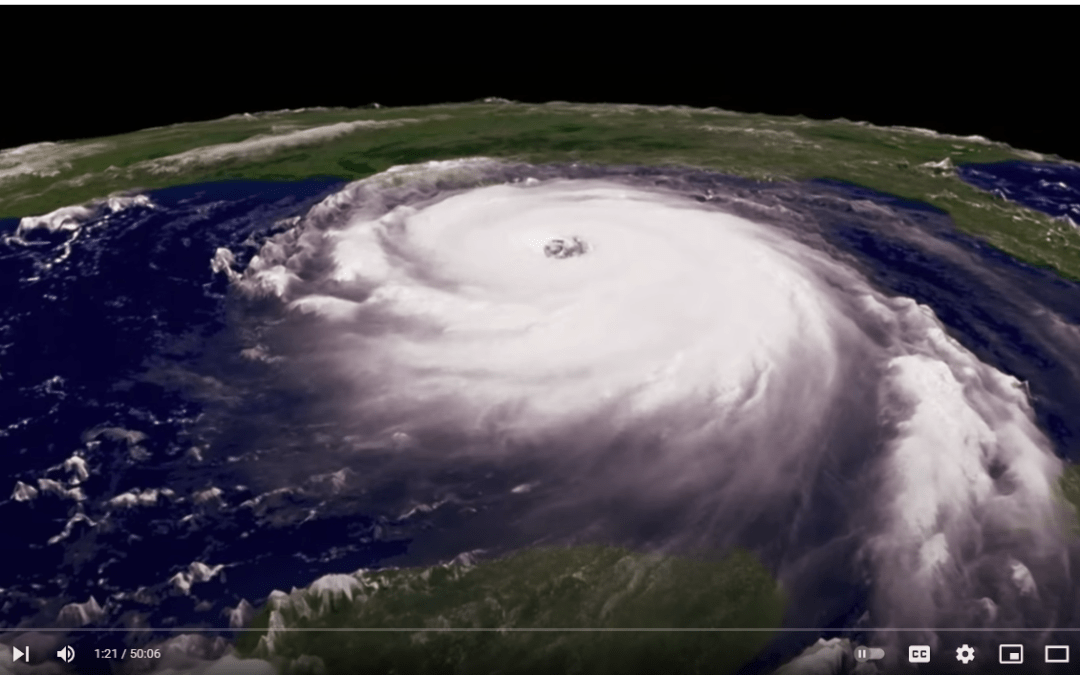
Hurricane Milton
Hurricane Milton
Hurricane Category 4
Hurricane Milton has rapidly strengthened into a Category 5 storm, prompting hurricane and storm surge watches along Florida’s western Gulf Coast. The storm poses a significant threat, with life-threatening storm surges, destructive winds, and heavy rainfall expected by midweek.
“If Milton remains on its current path, it will be the most powerful hurricane to strike the Tampa Bay area in over a century. Residents have never experienced a storm of this magnitude before,” warned the National Weather Service in a briefing on Monday morning.
The agency also emphasized, “Milton is set to become a historic event for Florida’s west coast.”
Growing in Strength
Residents in areas prone to storm surges should heed local officials’ instructions and evacuate if ordered. This is a severe situation, with the National Hurricane Center predicting surges between 8 and 12 feet above ground along the western Florida Gulf Coast, including Tampa Bay, if the surge coincides with high tide.
Hurricane and Storm Surge Alerts:
Hurricane Watch: In effect for much of Florida’s western Gulf Coast, from Chokoloskee to the mouth of the Suwannee River, including Tampa Bay. This indicates hurricane conditions (sustained winds of 74 mph or more) are possible within 48 hours.
Tropical Storm Watch: Covers areas north and south of the hurricane watch, extending into Florida’s Big Bend and the southwest coast. Mexico’s northern Yucatán Peninsula is also under alert.
Storm Surge Watch: Extends from Flamingo to the Suwannee River, including Charlotte Harbor and Tampa Bay, signaling the potential for life-threatening surges within 48 hours.
Stay informed, follow local advice, and be prepared to take action to stay safe.
Hurricane and Storm Surge Alerts:
Hurricane Watch: In effect for much of Florida’s western Gulf Coast, from Chokoloskee to the mouth of the Suwannee River, including Tampa Bay. This indicates hurricane conditions (sustained winds of 74 mph or more) are possible within 48 hours.
Tropical Storm Watch: Covers areas north and south of the hurricane watch, extending into Florida’s Big Bend and the southwest coast. Mexico’s northern Yucatán Peninsula is also under alert.
Storm Surge Watch: Extends from Flamingo to the Suwannee River, including Charlotte Harbor and Tampa Bay, signaling the potential for life-threatening surges within 48 hours.
Stay informed, follow local advice, and be prepared to take action to stay safe.
